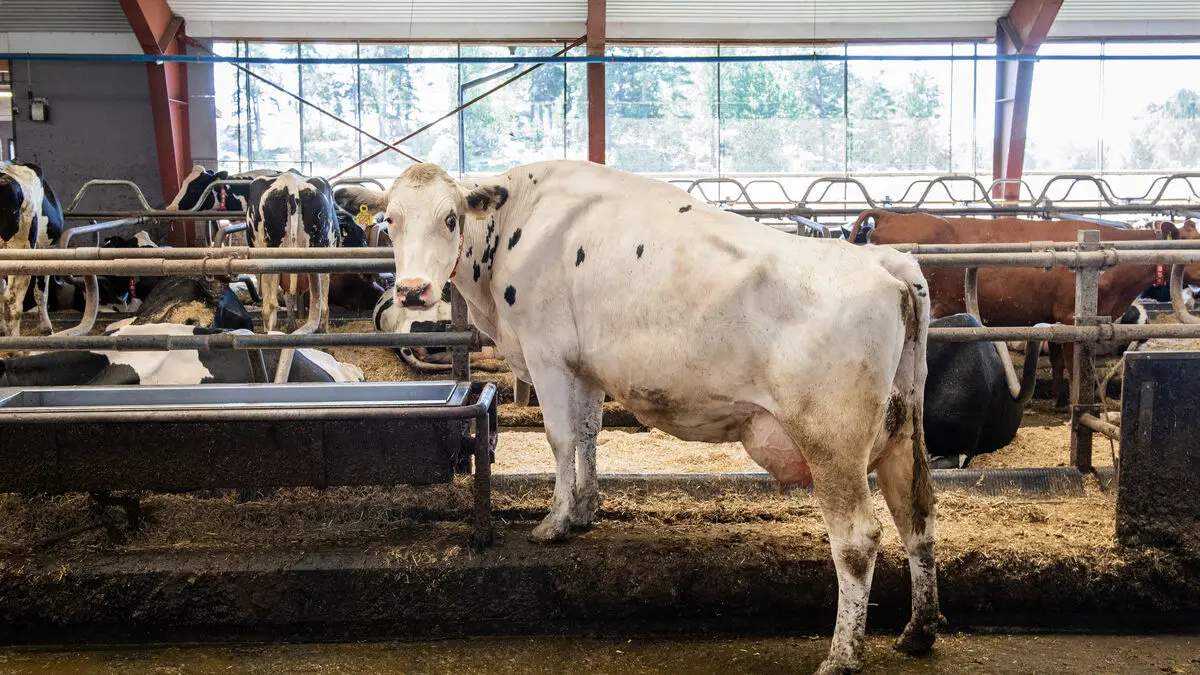Inflation – Inflation is an increase in the general price level, which means that you can buy fewer goods and services for the same amount of money. The money decreases in value. The word comes from the verb inflate (blow up).
KPI – Consumer Price Index (KPI) measures the price of an average basket of various goods and services that Swedish consumers buy. The change in KPI in annual terms is the main measure of inflation.
KPIF – A measure of underlying inflation where the effect of changed mortgage rates is not included, i.e. consumer price index with fixed interest rate. This is the Swedish Central Bank's most important measure to achieve the inflation target.
Core inflation (underlying inflation) – Consumer price development cleared of certain parts that depend on coincidences. You can, for example, exclude temporarily rising petrol prices, electricity prices or interest rates.
Inflation target – Central banks around the world aim for a target for inflation when making decisions on the appropriate interest rate. The purpose is to achieve stable prices and expectations in the economy. The Swedish Central Bank's inflation target is an inflation of around 2 percent according to the KPIF measure.
Double hike – The Swedish Central Bank normally raises and lowers the repo rate in steps of 25 points (0.25 percentage points). If the increase is 0.5, one talks about a double hike, and similarly, a triple hike if the rate is raised by 0.75 percentage points.
Sources: National Institute of Economic Research, Riksbanken, NE, SCB





